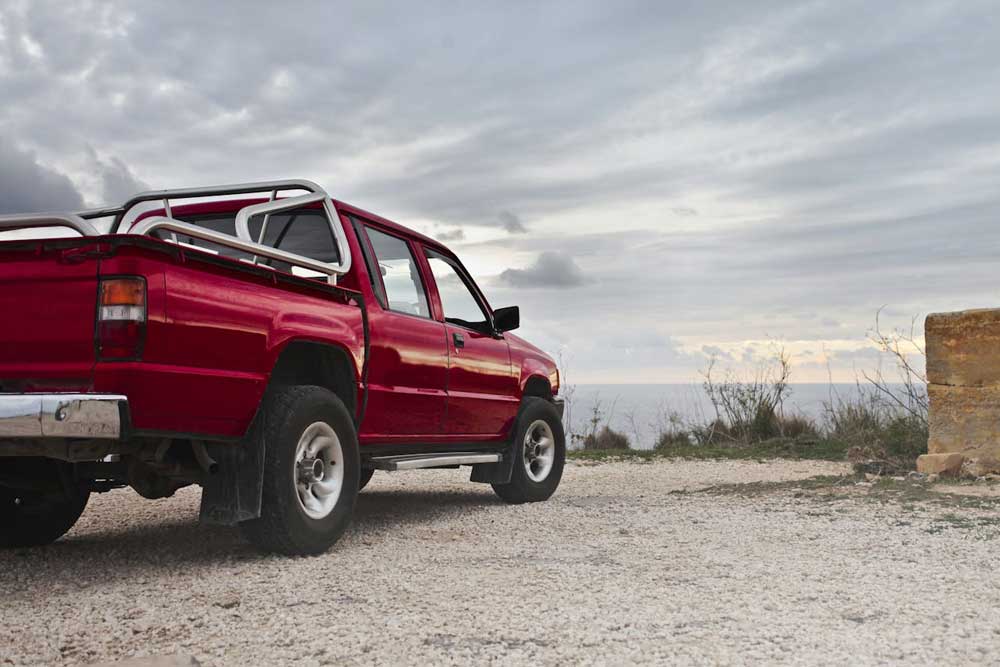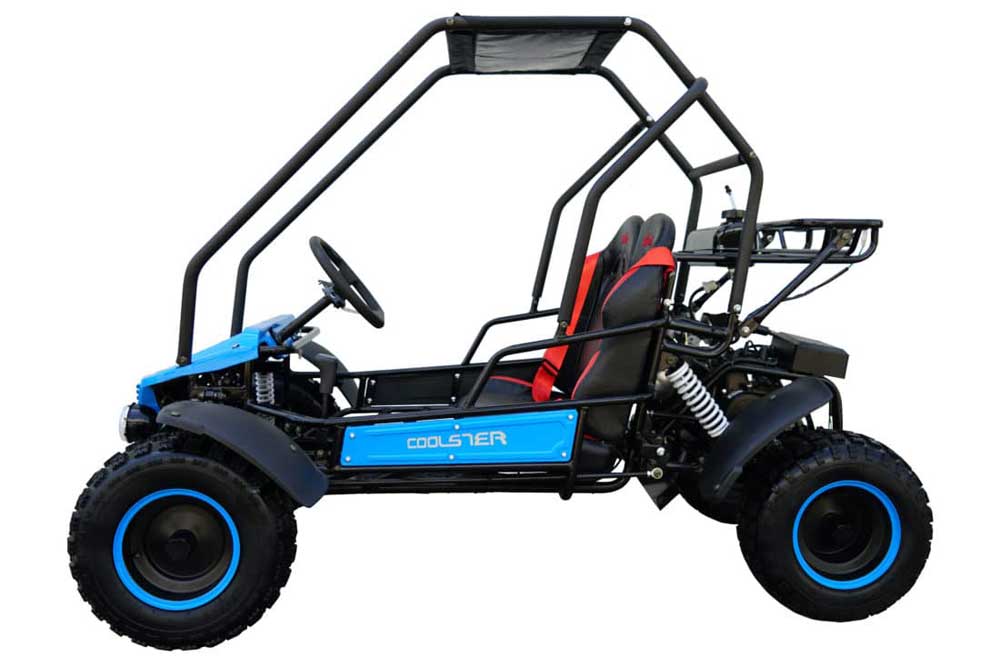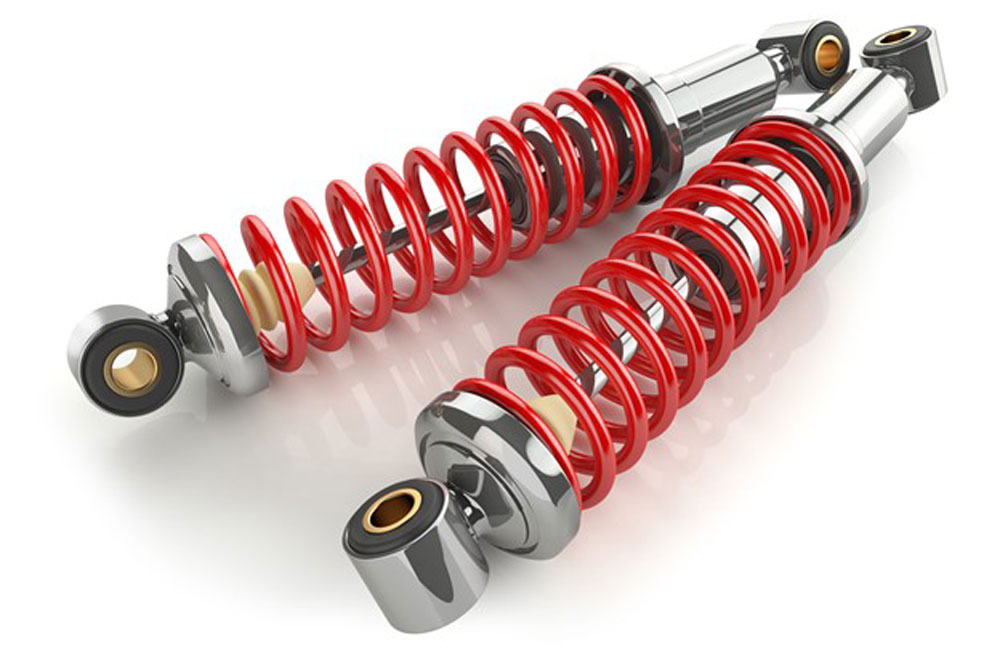No particular date or time is specified when we need to replace Summer tyres with Winter ones. Therefore, the decision is dictated by the weather conditions and specifically fluctuations in temperature.
So when is the right time to replace Summer tyres with Winter tyres?
For better tyre efficiency, but also to increase their life and safety on the road, car specialists recommend that Summer tyres must be replaced with Winter tyres when the temperature drops below 7 degrees Celsius.
Let’s examine the difference between Summer and Winter tyres:
The differences between Summer and Winter tyres come from the profile and chemical composition of the tyre. The rubber compounds of Winter tyres are softer, more resistant to cold and have a better grip on slippery or wet surfaces surfaces. For this reason, they are more flexible and provide more grip. Below seven degrees, Summer tyres harden and no longer have optimal levels of grip. Even the most sophisticated braking system will not be enough to stop the car safely, in adverse weather conditions.
The production of Winter tyres includes the addition of a larger amount of silicon to the rubber mixture, which makes it more malleable at low temperatures.
However, as temperatures rise, Winter tyres lose their advantages, grip decreases and the tread begins to wear faster. Due to their “sticky” grip during the Summer, driving with Winter tyres can also feel like the car is not as responsive as it was before.
Summer tyres, on the other hand, are made from a harder material, to avoid wear at high temperatures. They are ideal for driving when the temperature exceeds seven degrees Celsius.
The rigidity of Summer tyres during low temperatures is mainly manifested by a decrease in the grip which is felt while driving. Lack of grip is usually evident on wet surfaces, and during driving on surfaces covered with ice or snow, situations in which Summer tyres would lose their grip considerably and the risk of an accident is much higher.
Are all-season tyres a good choice?
While many drivers choose to change their Summer tyres for Winter ones, many others are wondering if they are worth it. Considering that the UK law does not require owners to use dedicated Winter products, we might be inclined to question if all-season tyres are a good choice.
All-Season tyres offer versatile performance and are designed to operate in a variety of conditions, including on wet roads. They also provide an reassuring driving experience during the colder seasons.
Yet, all-season tyres, offer average performance in both Summer and Winter. Basically, they can’t successfully replace either Summer or Winter tyres. One of the main disadvantages is that around 0 degrees Celsius, this type of tyre loses its grip, which affects the capability of braking or cornering in tight corners, compromising the lives of the driver and other passengers.
Many drivers also believe that changing only the front tyres is enough. For good stability and efficient control of the car, it is recommended to install a certain type of tyre for all four wheels, not just for the front or rear, or for those on which the traction is located. If only two Summer tyres are fitted, the Winter tyres will deteriorate faster or vice versa and offer different characteristics that are at odds with one another.
Round Trip Tyres advises ”before we change Summer tyres with the Winter tyres we need to carefully check the tyres that are to be fitted on the car. Focus more on the tread depth, where the legal minimum depth in the UK is 1.6 mm. We can use tyres from year to year but only after ensuring that the tyres have 4 mm or more tread depth. This helps guarantee some of the most essential attributes, such as grip, braking distances and protection from aquaplaning are fully available.”
An extremely important role in tyre wear is pressure. Studies show that 76% of drivers do not check the tyre pressure regularly, which leads to premature ageing and uneven tyre wear. Do not forget about this operation which lasts only a few minutes and when performed regularly can keep the tyres in optimal condition for extended periods.
In conclusion, if we are thinking of changing from Summer tyres to Winter ones, we must consider our safety and those around us.
Therefore, it is recommended to fit Winter tyres to maintain safety and driving quality in the colder months.











